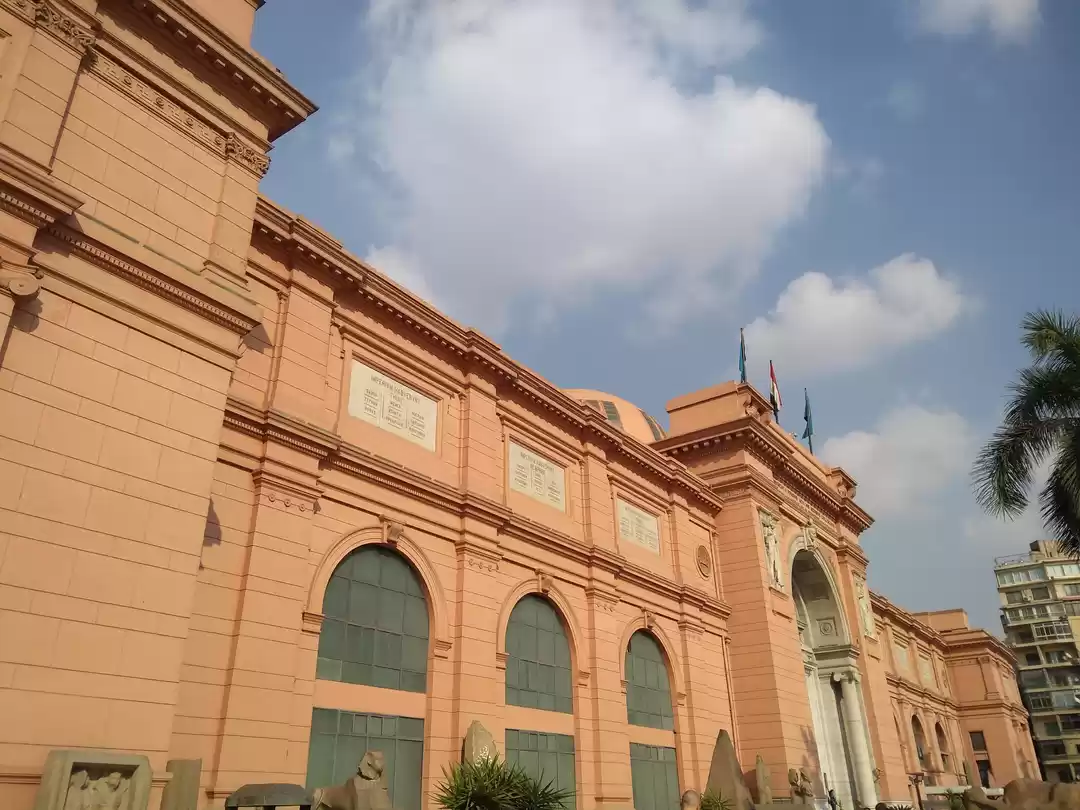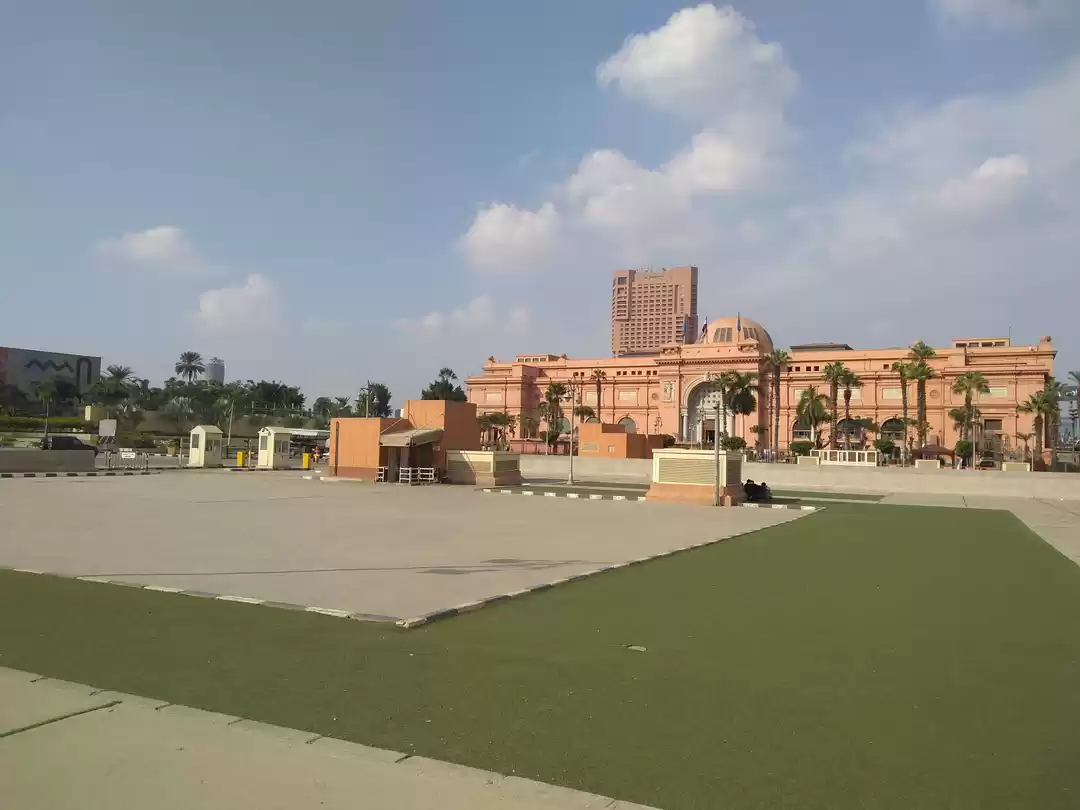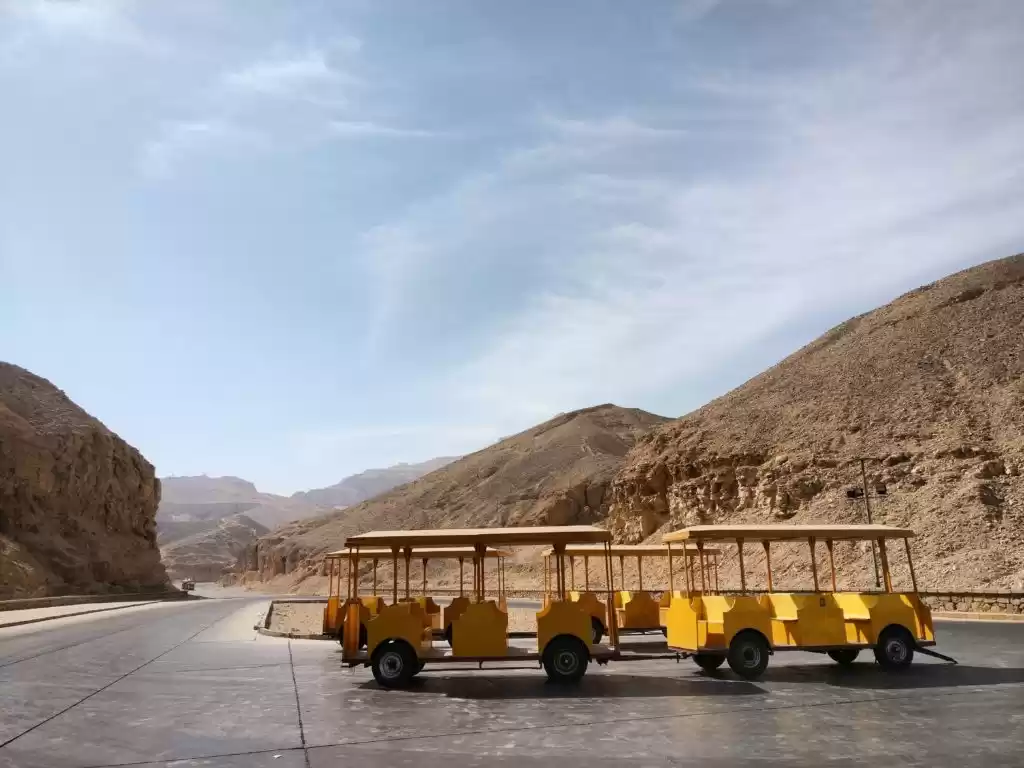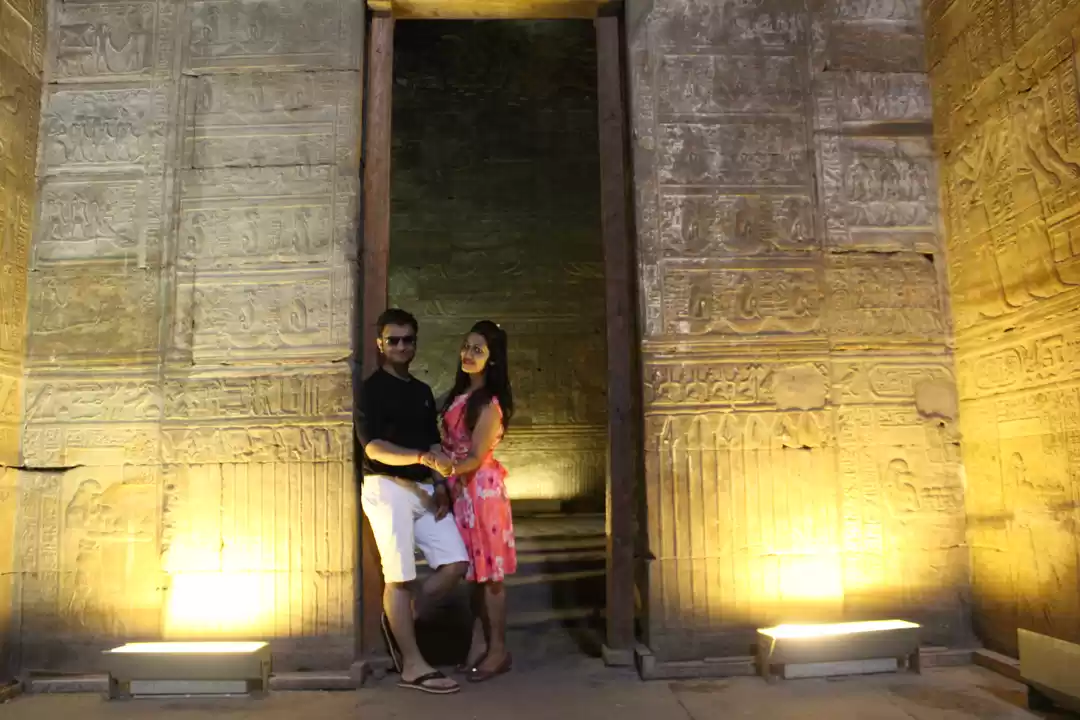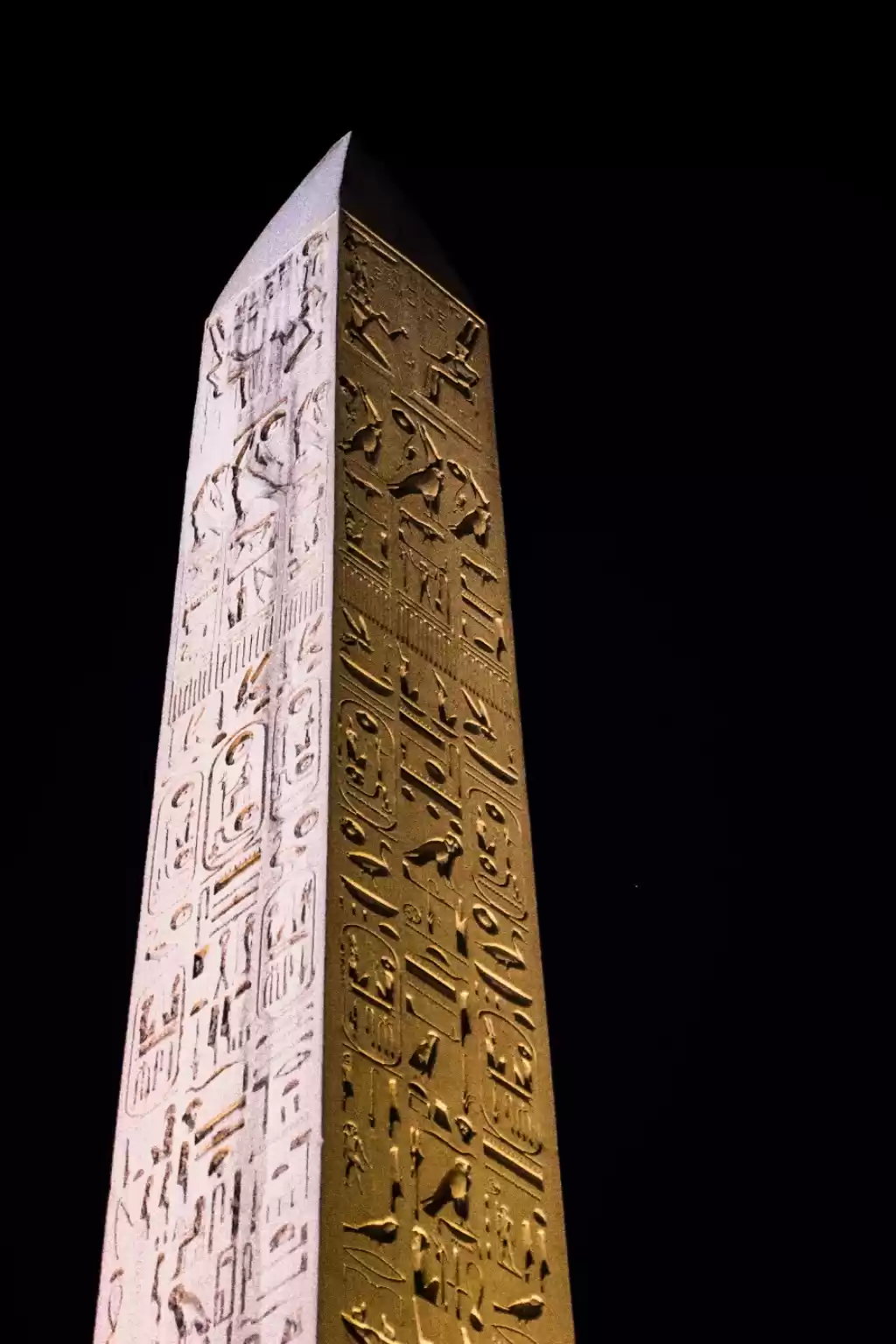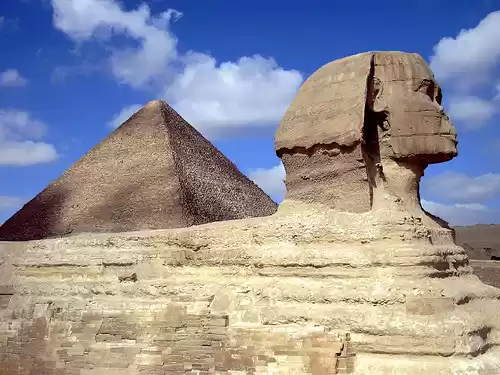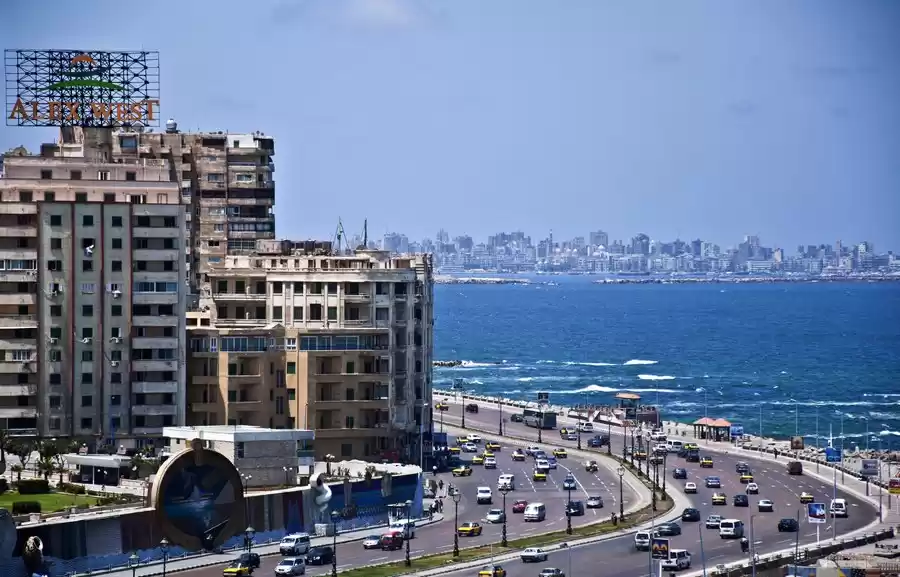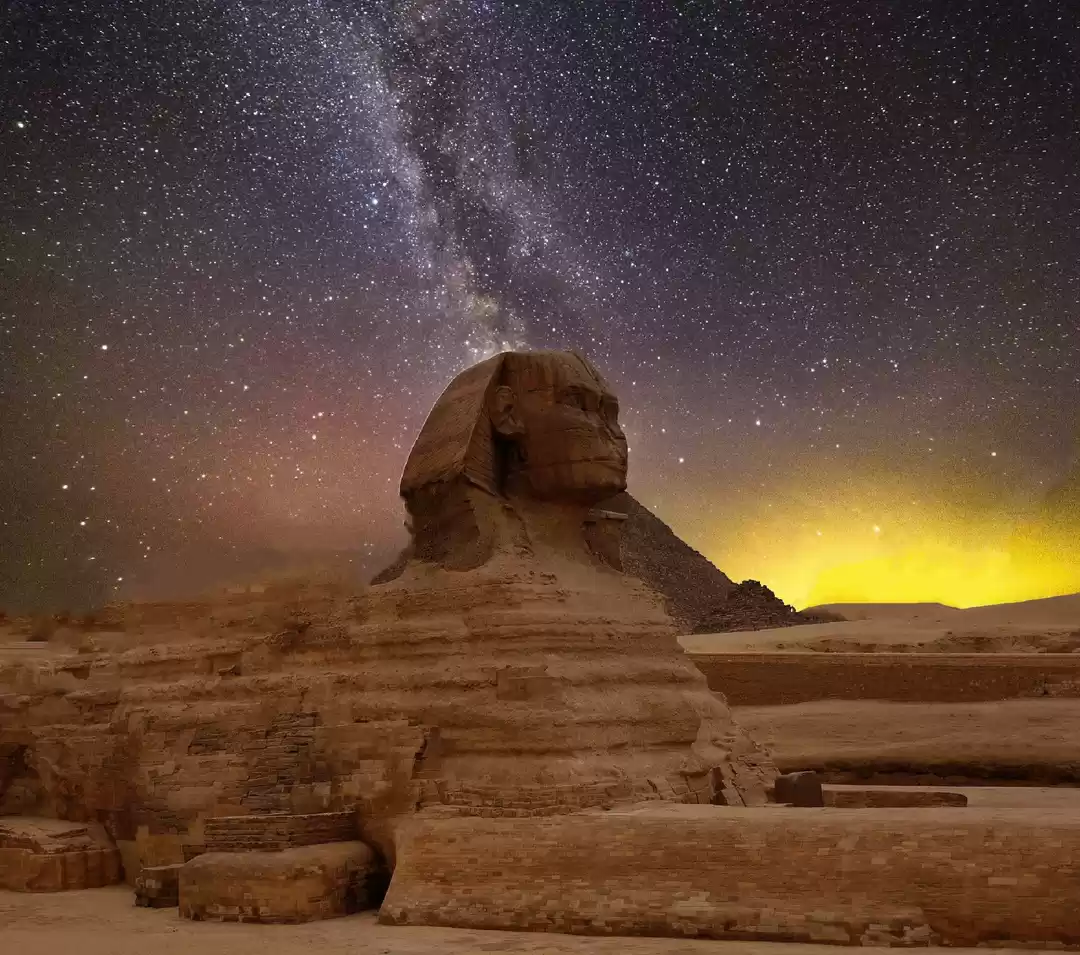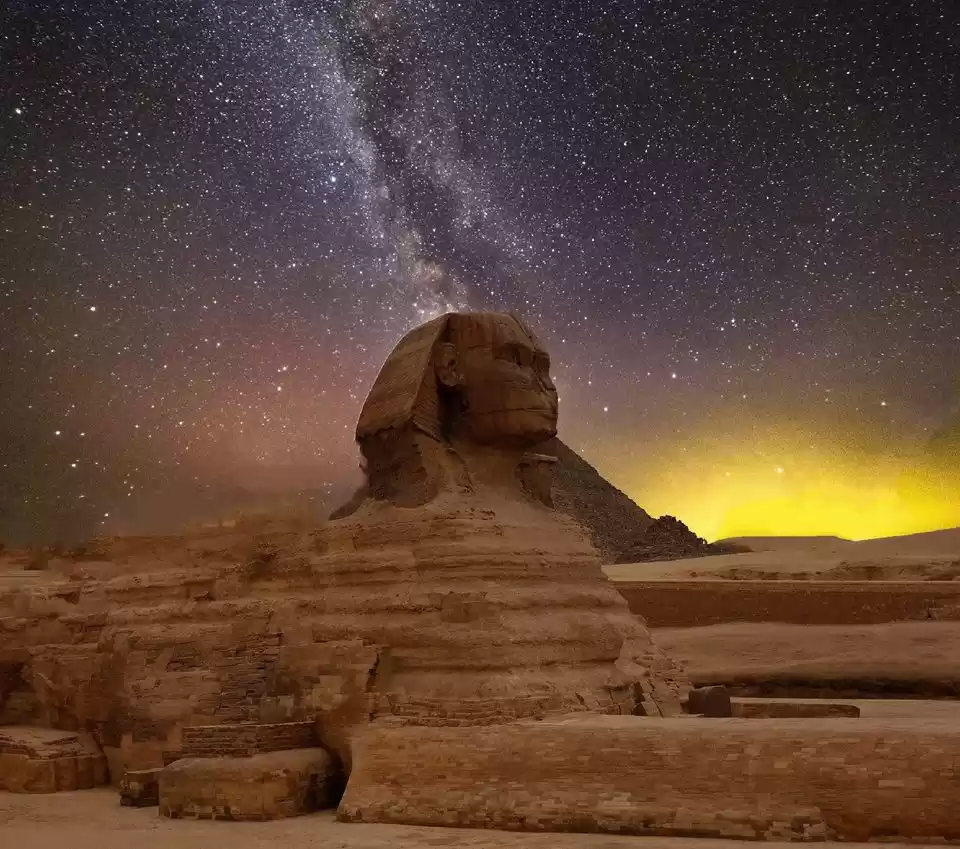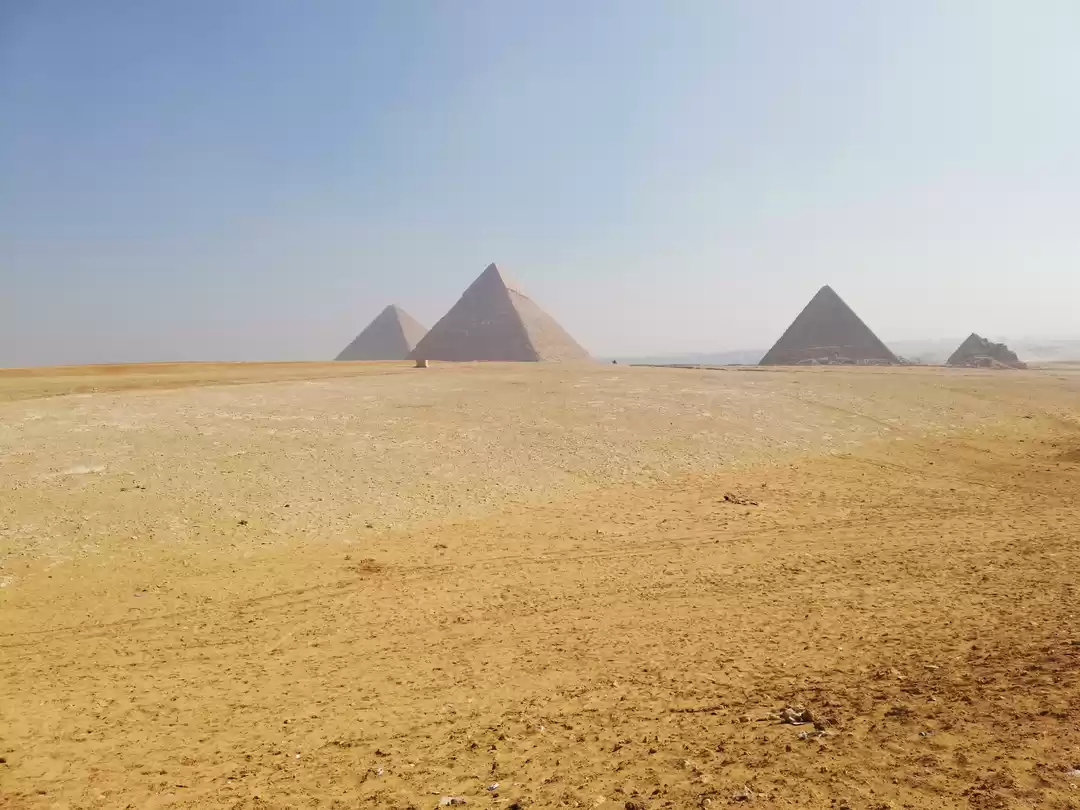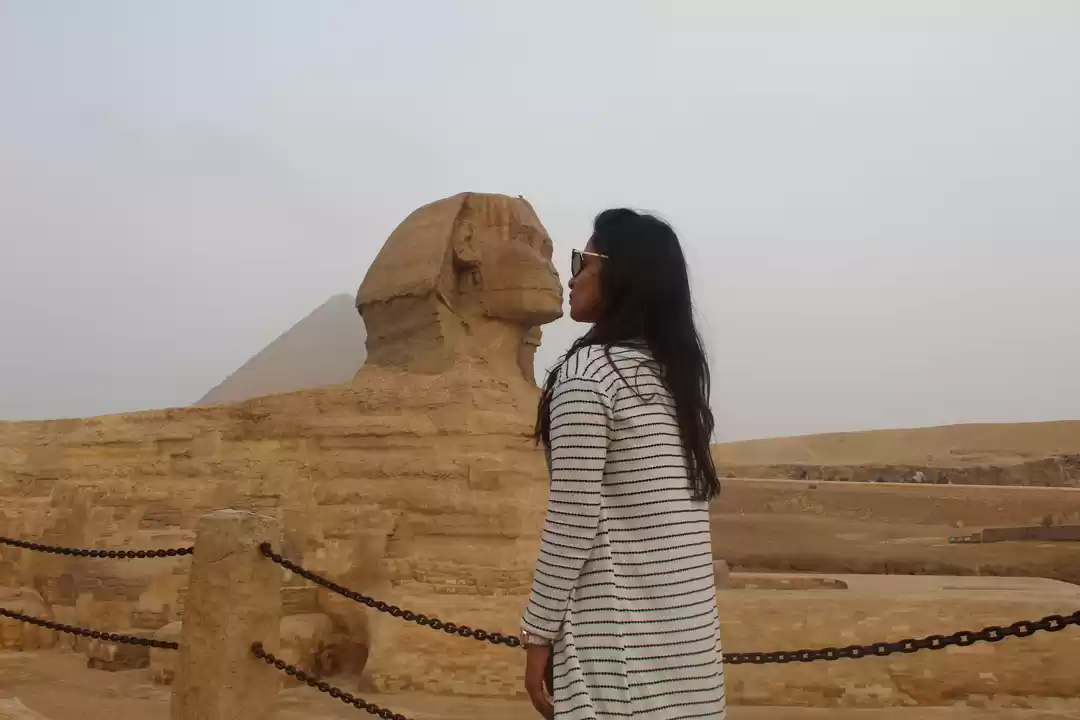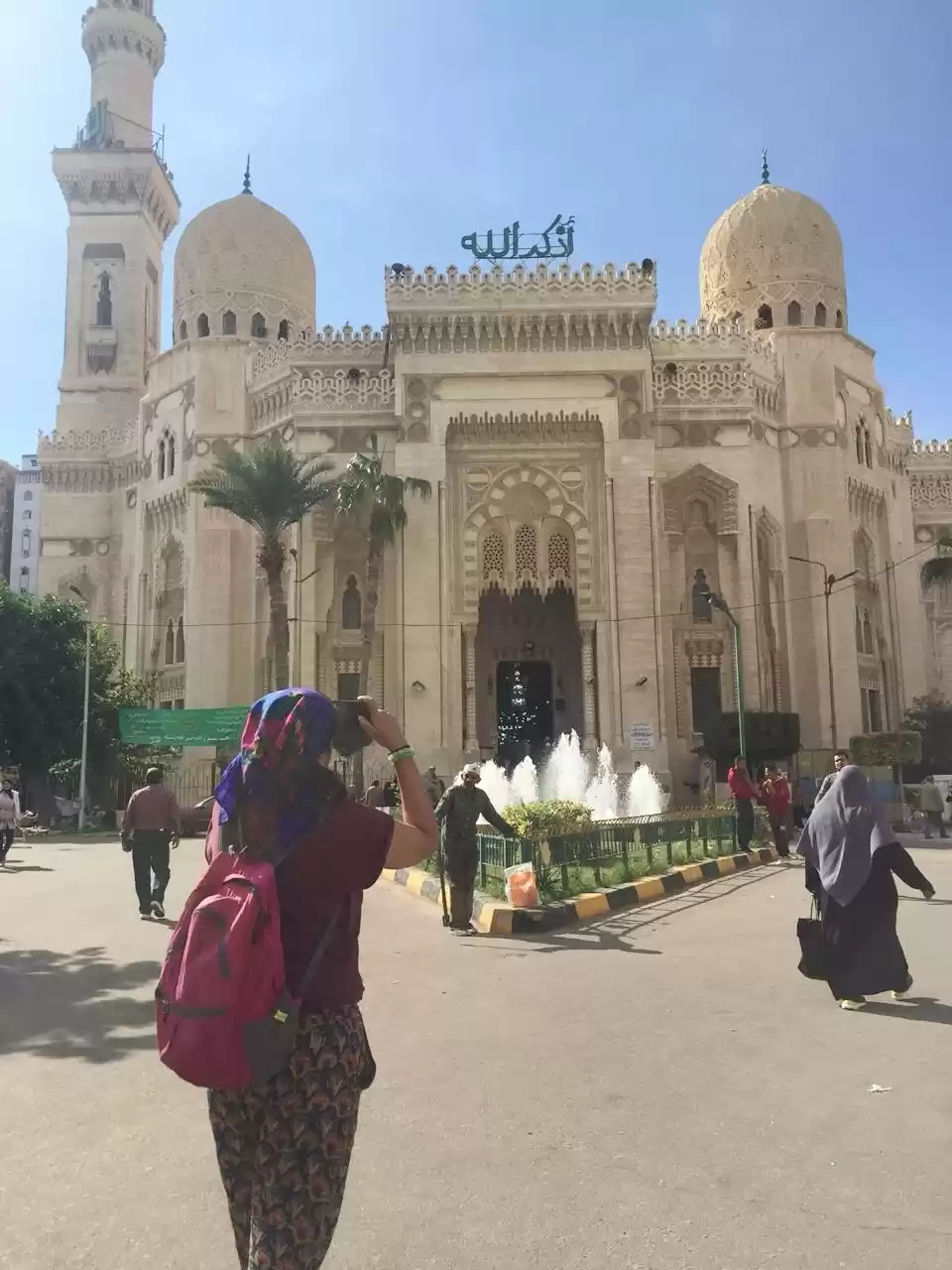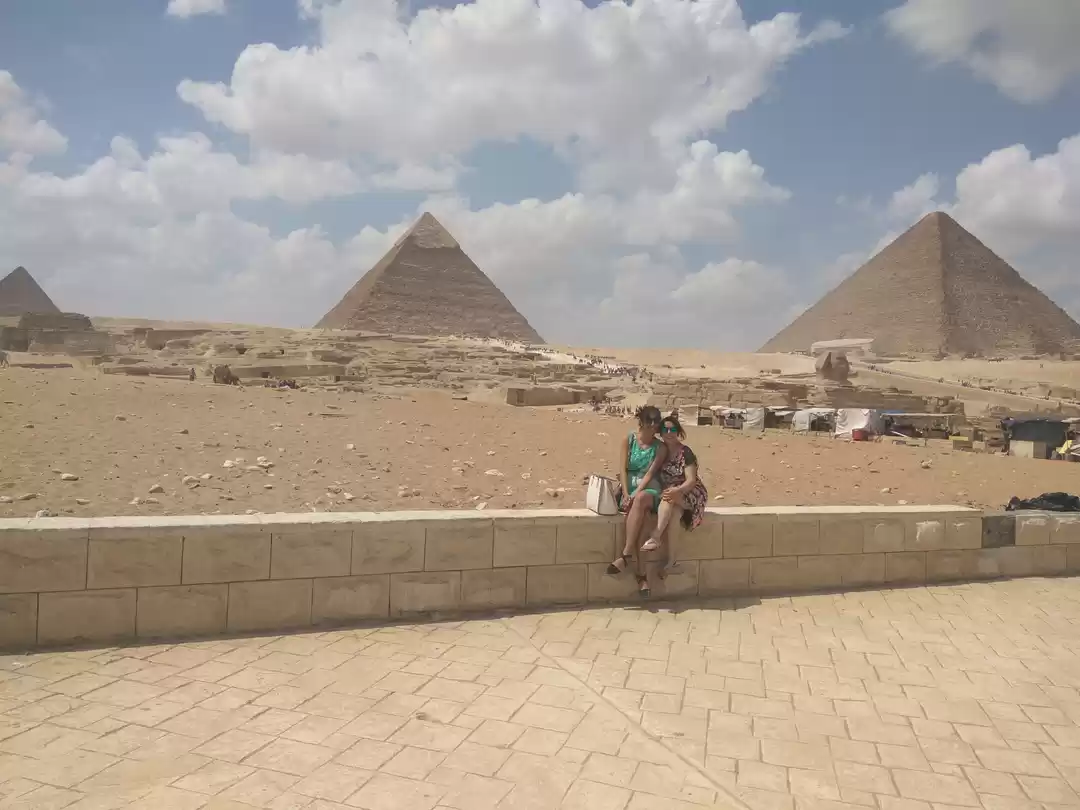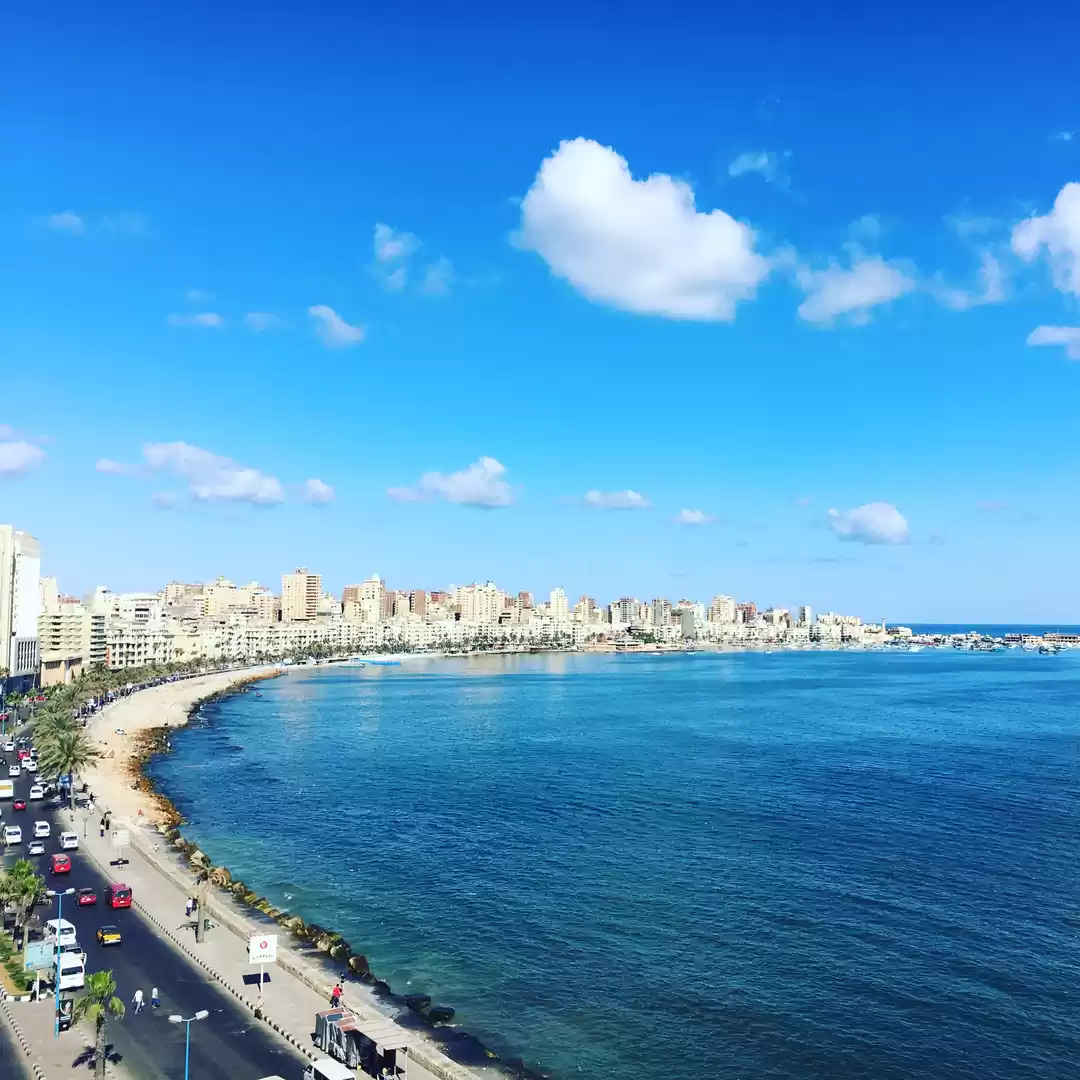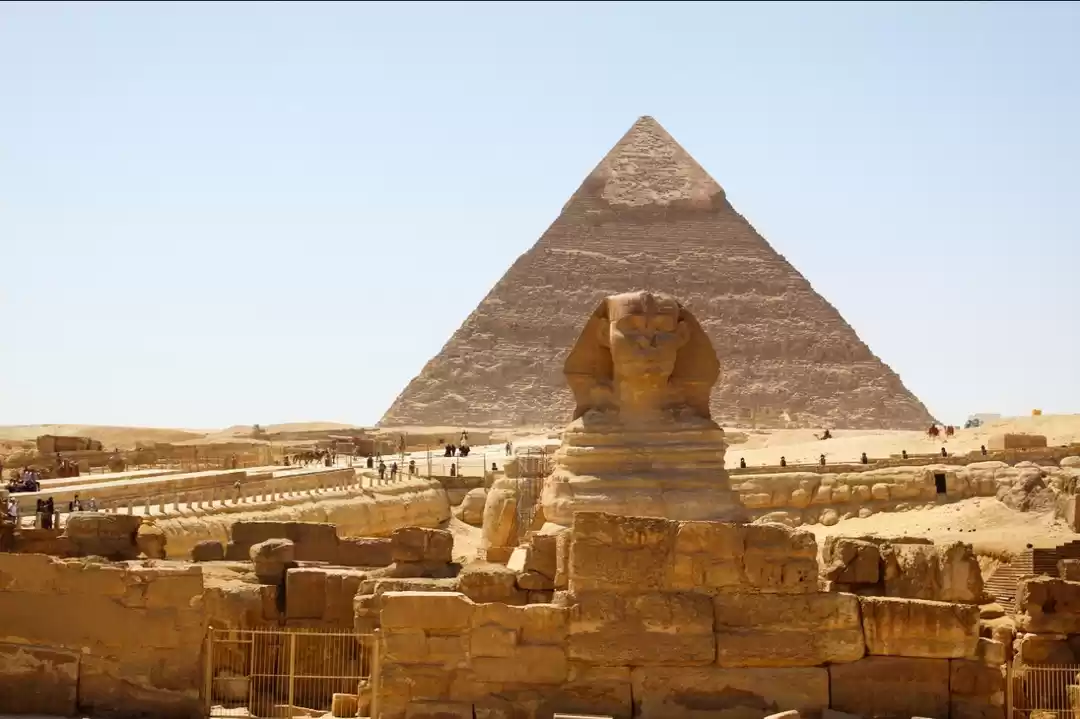Did you know that the Bibliotheca Alexandrina, the largest and most advanced library in the Middle East and Africa, is also a tribute to the ancient Library of Alexandria, one of the wonders of the ancient world? In this article, you will learn about the history, design, and function of this remarkable library, and how you can experience its attractions and benefits for yourself.
The Bibliotheca Alexandrina, or the Alexandria Library, is a stunning architectural masterpiece that houses millions of books, manuscripts, and multimedia materials, as well as various museums, galleries, and research centers. It is also a hub of cultural and academic activities, hosting events, exhibitions, conferences, and workshops throughout the year. Whether you are a book lover, a history buff, a science enthusiast, or a curious traveler, you will find something to inspire and delight you at the Bibliotheca Alexandrina.
History
The ancient Library of Alexandria was founded in the 3rd century BCE by Ptolemy I Soter, a successor of Alexander the Great, who wanted to create a universal center of knowledge and culture. The library was part of a larger complex called the Museum of Alexandria, which also included a school, a temple, a zoo, and a botanical garden. The library collected and preserved thousands of scrolls and books from various civilizations and languages, and attracted scholars, philosophers, scientists, and poets from all over the world. It was also a place of innovation and discovery, where many breakthroughs in mathematics, astronomy, medicine, and literature were made.
However, the library also faced many threats and disasters, such as wars, fires, earthquakes, and invasions, that gradually reduced its size and influence. The exact date and cause of its final destruction are still unknown, but some historians believe that it was burned by the Roman emperor Aurelian in the 3rd century CE, or by the Muslim conqueror Amr ibn al-As in the 7th century CE. The library's disappearance left a huge gap in the history of human civilization, and many of its treasures and secrets were lost forever.
The idea of reviving the library in the modern era was first proposed by the Egyptian writer Mostafa El-Abbadi in the 1970s, who envisioned a new library that would honor the legacy of the ancient library and serve the needs of the contemporary world. The project was supported by the Egyptian government and the UNESCO, and an international architectural competition was held to select the best design. The winner was the Norwegian firm Snøhetta, which proposed a striking circular building that resembled a rising sun or a tilted disc. The construction of the new library began in 1995 and was completed in 2002, with the official inauguration taking place on October 16, 2002.
Design
The design of the Bibliotheca Alexandrina is a masterpiece of engineering and symbolism, that reflects the library's vision and mission. The library is located on the shore of the Mediterranean Sea, near the site of the ancient library, and covers an area of 85,000 square meters. It can accommodate up to 8 million books, 2,500 readers, and 1,500 staff members.
The most striking feature of the library is its massive circular facade, which is 160 meters in diameter and 32 meters high. The facade is made of granite panels that are engraved with characters from 120 different scripts and languages, representing the diversity and unity of human culture. The facade also acts as a sundial, casting shadows on the ground that indicate the time of the day.
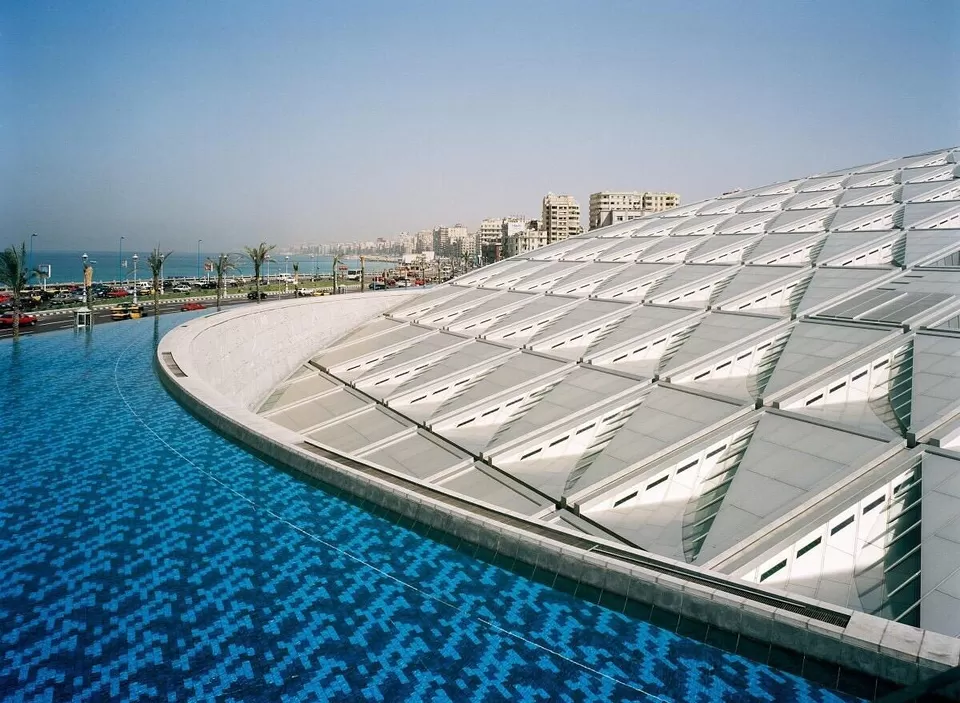
The facade is tilted at an angle of 16 degrees, creating a contrast with the horizontal landscape and the vertical cityscape. The tilt also symbolizes the library's connection to the ancient and the modern, the past and the future, the local and the global. The facade is supported by 16 columns that form a semi-circular wall around the library, creating a sense of enclosure and protection.
The library's main entrance is located under the facade, leading to a spacious lobby that connects to the different sections and levels of the library. The lobby is decorated with artworks and sculptures that reflect the library's themes and values, such as the Hand of Peace by Adam Henein, the World Peace Gong by Indonesia, and the Sculpture of Knowledge by Vincent Batbedat.
The library's main reading room is located under a glass roof that covers the entire circular structure, creating a dome-like effect. The roof is composed of 7,000 glass panels that allow natural light to enter the library, while also filtering out the heat and the glare. The roof also has 14 skylights that provide ventilation and illumination. The reading room is divided into 7 levels that correspond to the 7 fields of knowledge: arts and humanities, social sciences, natural sciences, engineering, mathematics and computer science, life sciences, and rare books and special collections. The reading room has a capacity of 2,000 seats, and offers a panoramic view of the sea and the city.
The library also has several other sections and facilities that complement and enhance its function, such as:
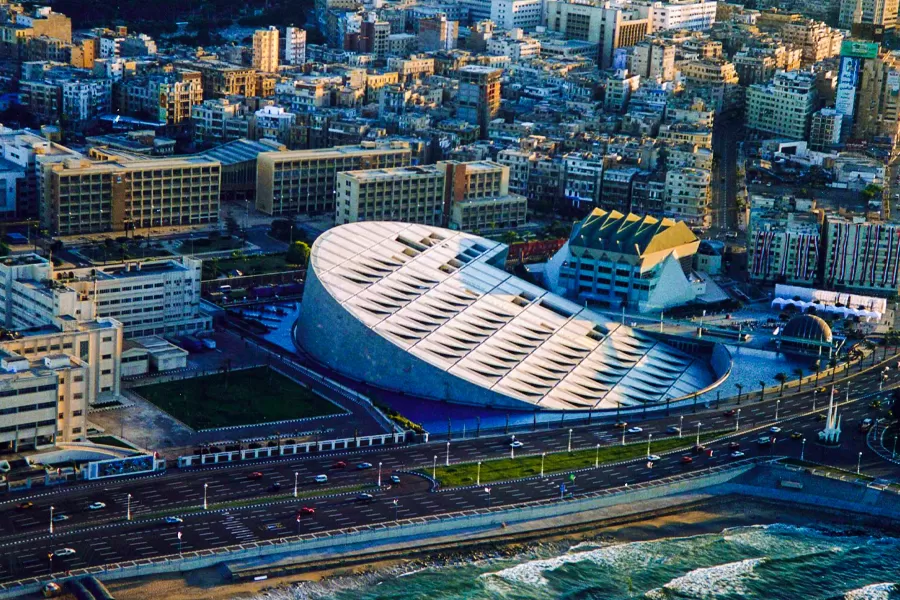
- The Planetarium: A spherical structure that projects shows and films about astronomy and space exploration
- The Culturama: A 180-degree interactive screen that displays the history and culture of Egypt and the world
- The Conference Center: A complex that hosts national and international events, such as conferences, seminars, workshops, and lectures
- The Antiquities Museum: A museum that exhibits artifacts and relics from the ancient Egyptian, Greek, Roman, Coptic, and Islamic civilizations
- The Manuscripts Museum: A museum that displays rare and valuable manuscripts and books from various regions and eras, such as the Nag Hammadi Library, the Description of Egypt, and the Atlas of the World
- The Art Galleries: A series of galleries that showcase the works of contemporary Egyptian and international artists
- The Children's Library: A section that caters to the needs and interests of children aged 6 to 12, offering books, games, activities, and programs
- The Young People's Library: A section that caters to the needs and interests of young people aged 12 to 18, offering books, multimedia, computers, and programs
- The Taha Hussein Library: A section that caters to the needs and interests of the visually impaired, offering books, audio books, braille books, and computers
- The Internet Archive: A section that hosts the largest digital library in the world, containing millions of web pages, books, audio files, and video files
Function
The function of the Bibliotheca Alexandrina is to serve as a cultural and academic center for Egypt and the world, fulfilling the library's motto: The World's Window on Egypt, and Egypt's Window on the World. The library aims to preserve and disseminate the human heritage, to promote dialogue and understanding among cultures and civilizations, and to foster innovation and creativity in various fields and disciplines.
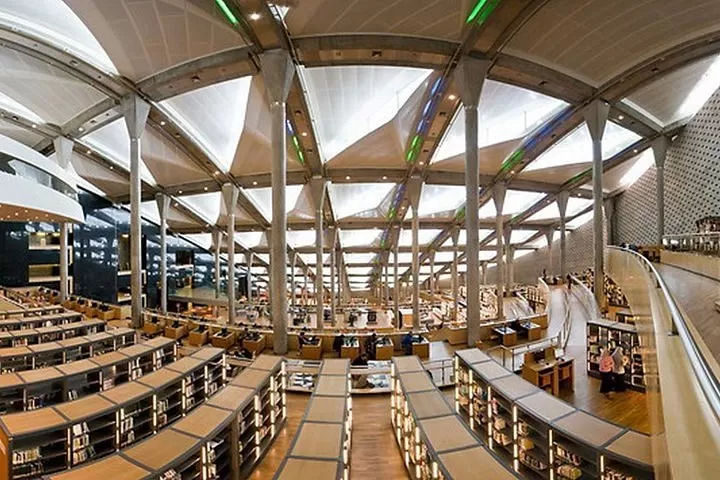
The library achieves its function through its collections, services, and activities, such as:
- The Collections:
The library has a rich and diverse collection of books, manuscripts, and multimedia materials, covering various languages, subjects, and formats. The library also has access to several online databases and networks, such as the Egyptian Knowledge Bank, the International Federation of Library Associations and Institutions, and the World Digital Library. The library also participates in several digitization and preservation projects, such as the Memory of Modern Egypt, the Digital Assets Repository, and the Alexandria and Mediterranean Research Center.
- The Services:
The library provides a range of services to its users and visitors, such as lending, reference, interlibrary loan, photocopying, printing, scanning, and internet access. The library also provides specialized services, such as translation, editing, publishing, and consultancy. The library also offers training and education programs, such as courses, workshops, diplomas, and degrees, in collaboration with various institutions and organizations, such as the American University in Cairo, the Bibliotheca Alexandrina Center for Studies and Programs, and the UNESCO Chair for the Dialogue of Cultures and Religions.
- The Activities:
The library organizes and hosts various cultural and academic activities throughout the year, such as events, exhibitions, conferences, festivals, concerts, and competitions. The library also supports and sponsors various initiatives and projects, such as the Science Festivity, the Alexandria International Book Fair, the Alexandria International Film Festival, and the Bibliotheca Alexandrina Choir.
The Bibliotheca Alexandrina is a remarkable library that combines the ancient and the modern, the local and the global, the cultural and the academic. It is a place where you can learn, discover, create, and enjoy. It is a place where you can connect with the past, the present, and the future. It is a place where you can experience the world’s window on Egypt, and Egypt’s window on the world.
We hope you enjoyed this article and learned something new about the Bibliotheca Alexandrina. If you have any questions or comments, please feel free to contact us. We would love to hear from you. Thank you for reading and happy traveling!



